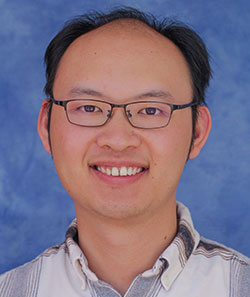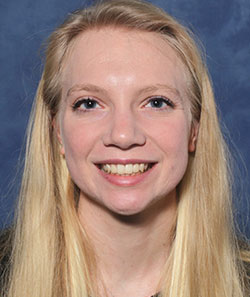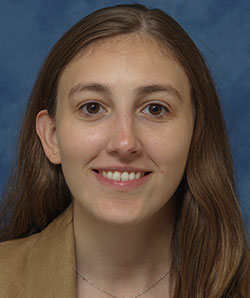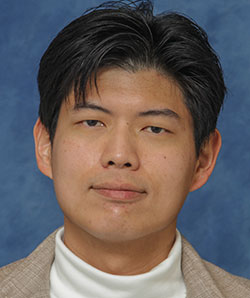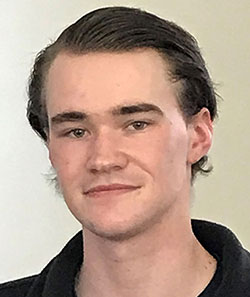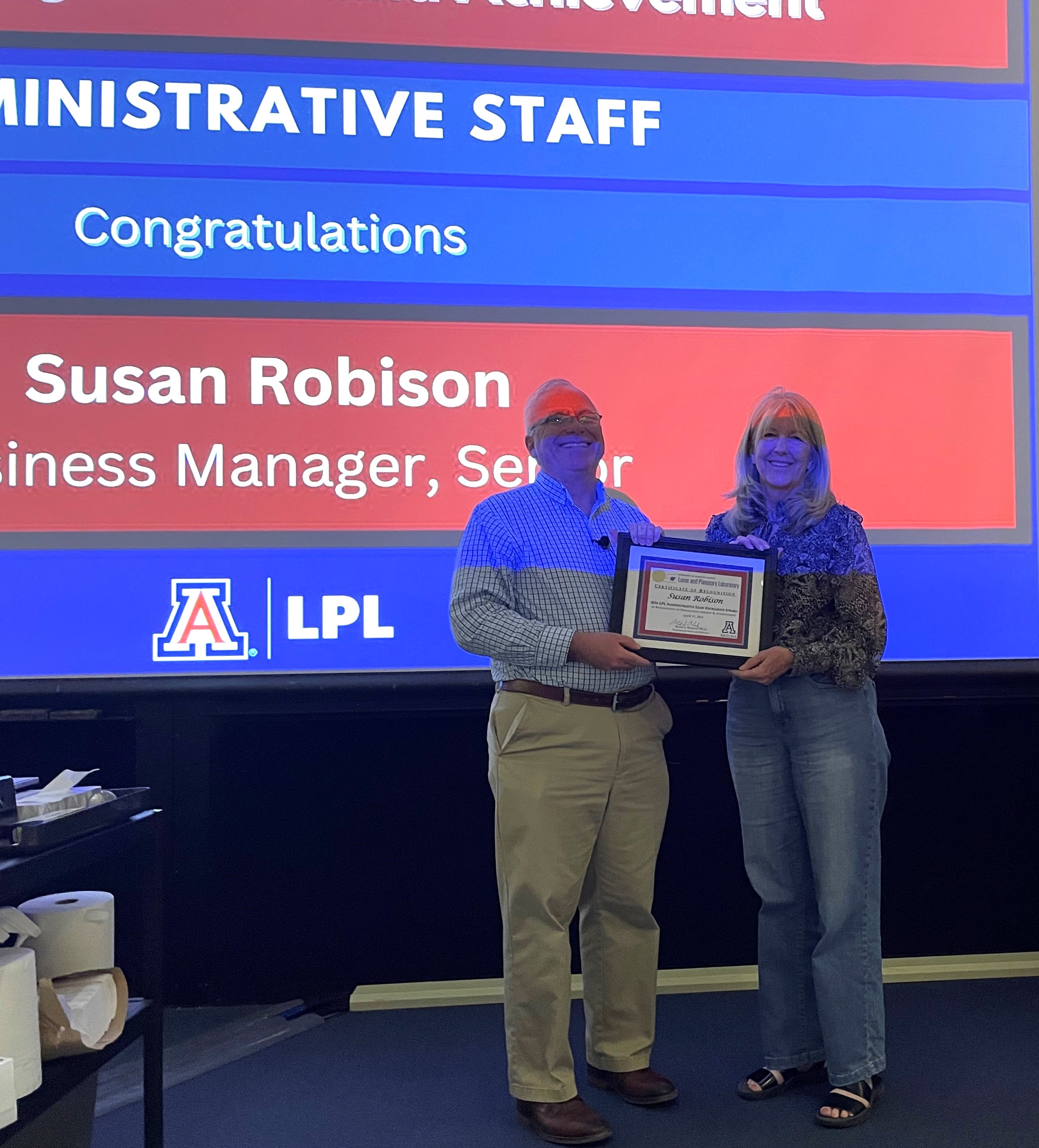 Susan Robison is the recipient of the LPL Staff Excellence Award for 2024 in the category of Administrative Staff. Sue was recognized for her outstanding work in supporting a multitude of projects to achieve their highest potential. Her nominators described the diversity of her responsibilities as enormous and her performance in meeting them as exceptional.
Susan Robison is the recipient of the LPL Staff Excellence Award for 2024 in the category of Administrative Staff. Sue was recognized for her outstanding work in supporting a multitude of projects to achieve their highest potential. Her nominators described the diversity of her responsibilities as enormous and her performance in meeting them as exceptional.
Sue has been a Senior Business Manager at LPL since 2012, starting her career with project support for the High Resolution Imaging Science Experiment (HiRISE) project. She currently manages finances for several spacecraft mission instrument teams at LPL, each with unique funding mechanisms and reporting requirements. Sue creates complex proposal budgets, manages complicated subcontracts, and interfaces with business managers of several external institutions - all while doing the “routine” work of preparing required forms and reimbursements, overseeing travel reports and equipment purchases, and seeking out required approvals and submitting required reports.
In addition to mission support, Sue plays a key role in proposal budget preparation for programs ranging from graduate-student support programs (e.g., NASA FINESST) to medium-sized data analysis proposals, to large-scale mission proposals.
Sue recently took on the role of building manager for LPL’s Sonett Building; this job grew in complexity with the moves and renovations that came with the installation of the Arizona Astrobiology Center and the anticipated arrival of the APEX mission. Sue obtained required renovation quotes, oversaw the reorganization of staff offices, and cataloged and surplussed unused equipment. All these changes involved not only a great deal of planning and logistical effort, but also the ability to work with an entirely new set of building occupants. Sue has handled all these transitions and duties with great competence, regularly going above-and-beyond to keep projects large and small, planned and unplanned, moving forward.
Sue is an incredible asset to LPL and to the missions projects and researchers she supports.


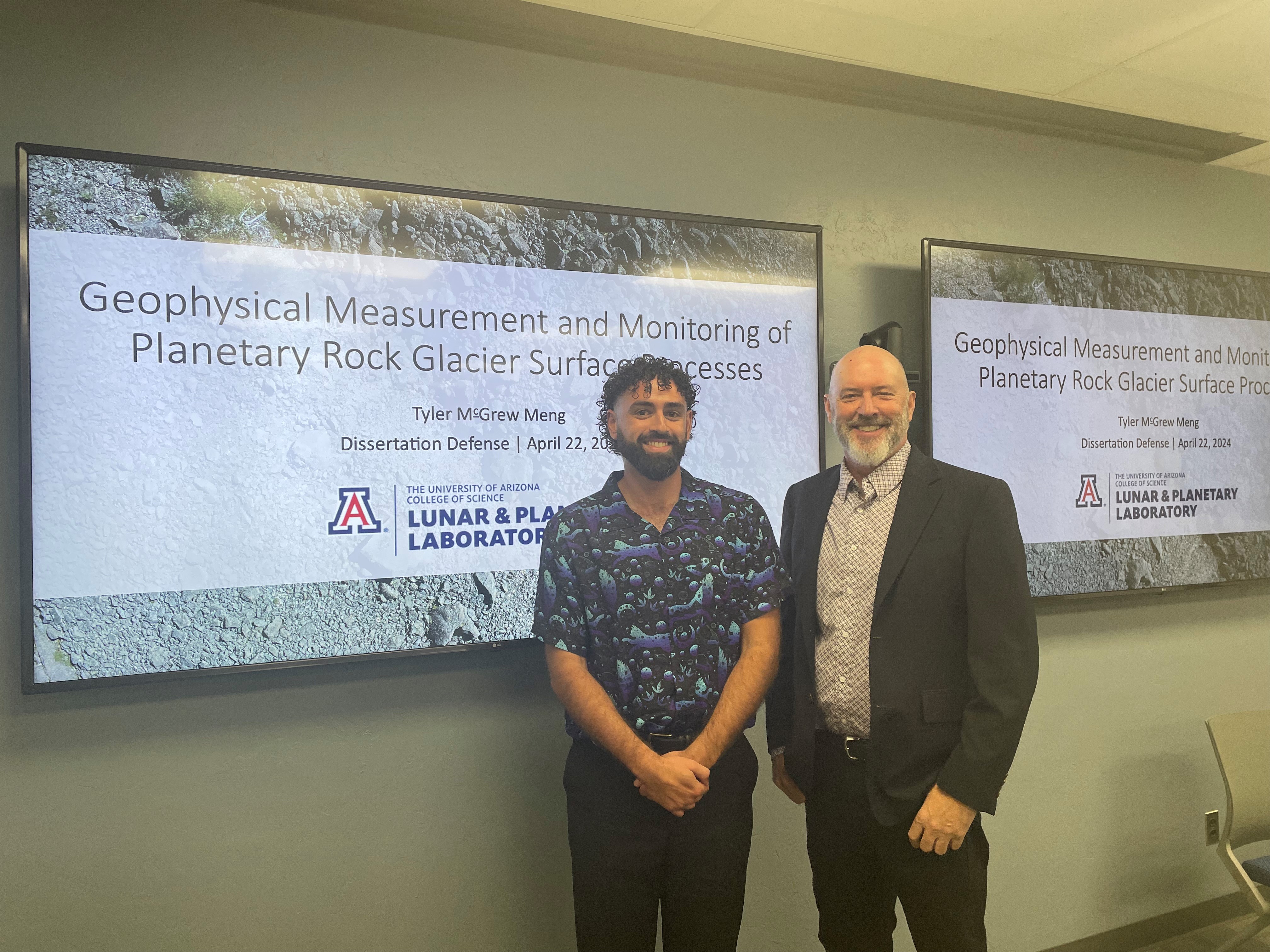 Tyler Meng
Tyler Meng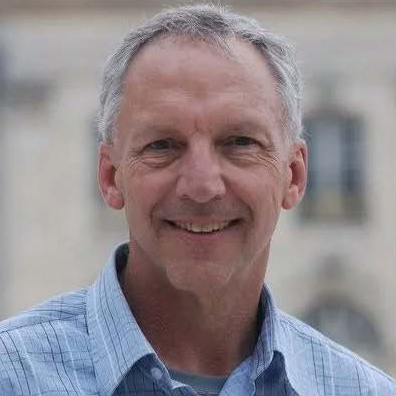

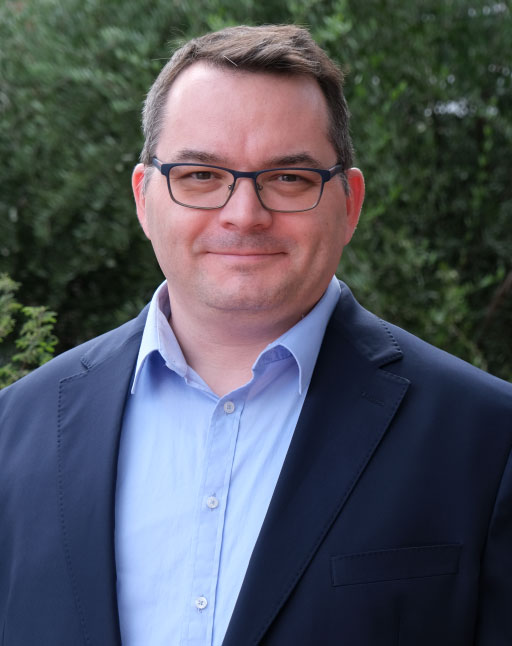 “distinguished contributions to the field of astrobiology and astrophysics, particularly for advancements in understanding of habitable exoplanets and planetary systems.” He is the principal investigator for the NASA-funded
“distinguished contributions to the field of astrobiology and astrophysics, particularly for advancements in understanding of habitable exoplanets and planetary systems.” He is the principal investigator for the NASA-funded 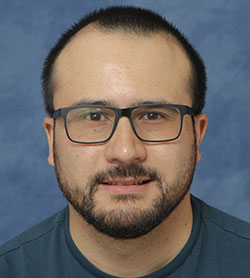
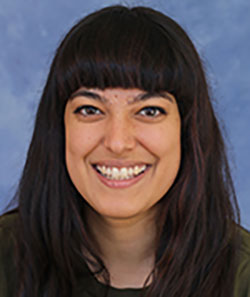
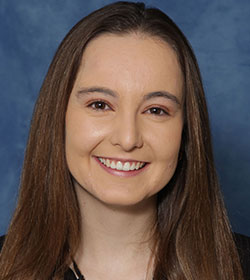
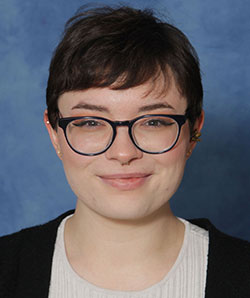 Nicole Kerrison won this year’s Graduate Teaching Assistant Excellence Award for her support of PTYS/ASTR 170A1 Alien Earths, with instructor
Nicole Kerrison won this year’s Graduate Teaching Assistant Excellence Award for her support of PTYS/ASTR 170A1 Alien Earths, with instructor 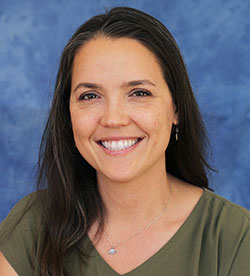
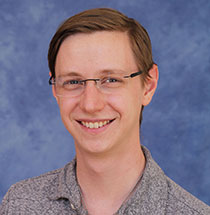 Sam Myers is the recipient of the 2024 LPL
Sam Myers is the recipient of the 2024 LPL 
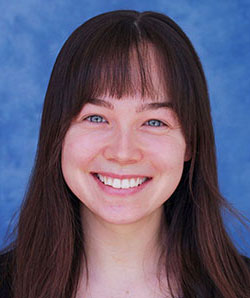 Maizey Benner
Maizey Benner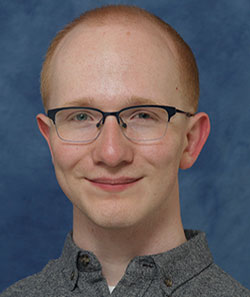 Galen Bergsten
Galen Bergsten